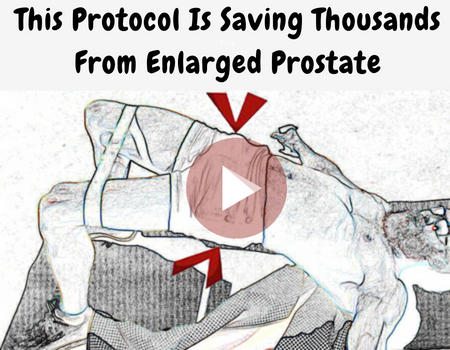The main issue that decides if you should undergo an enlarged prostate surgery is the cause of the problem. If the enlargement in the prostate is due to the growth of cells around the urethra narrowing the passage, then many non-surgical techniques are available that will improve the health condition of the person.
But if the problem caused is due to the extended growth of the middle lobe in the prostate that blocks the bladder opening and the urethra duct, then an enlarged prostate surgery will be recommended by the doctor.
Surgical Procedures
Not all enlarged prostate surgeries are same and generally differs from one patients condition to the other. There are surgeries where there are only minor surgical incisions with the help of thermal or laser application that can solve the problem completely but there are also surgeries like prostatectomy that involves removing of the prostate gland. However, the type of enlarged prostate surgery is determined depending on the doctors diagnosis and the health condition of the patient.
Different Types Of Enlarged Prostate Surgery
Thanks to the advanced technology and techniques that have paved way for painless and uncomplicated methods to relieve the patients of enlarged prostate symptoms. Such enlarged prostate surgeries are generally done in the urologists clinic where the patient is given local anesthesia to make the procedure a painless treatment. The laser surgery involves concentrates high-energy light into the prostate and burns the overgrown tissues. These tissues are zapped and the surgical area is fixed.
The simple surgical procedure takes only around 30-60 minutes. Post surgery the patient can see blood traces in their urine for a couple of weeks. The patient is provided with supports like catheter till the bladder is healed completely and is ready to function again. However, one may have to bear the side effects that affect the sexual life of the person.
The microwave treatment option is another surgical procedure where an antenna is fixed in the catheter and is inserted in the prostate gland through the urethra duct. Heat waves are passed through it to remove the blocking tissues. These tissues are either absorbed by the body system or come out while urinating. The surgeon may also provide a provisional catheterization to drain the liquid excretion properly. A few of the patients also go through minor side effects that wear off in a couple of weeks post surgery. A new surgical procedure using the latest technology is being called the ultrasound therapy where high-powered sound waves are passed to the affected part to burn the blocking tissues.
Latest And Advanced Surgical Procedures
Trans-urethral resection of the prostate (TURP) is another enlarged prostate surgery that is becoming popular day by day. In this a resectoscope is introduced in the urethral outlet through which the unwanted tissues are surgically removed. A resectoscope is a tiny tube-shaped device that has light and valves to control the flow of urine. It also has an electric loop that helps in destroying the tissues and fastening the blood vessels. Once the tissues are surgically taken out the area is rinsed out with water so that the dead remains are cleansed. The patient has to stay for about 3 full days under observation in the hospital. Even though 30% of men experience some kind of side effects, especially in their sexual life, this procedure is being considered one of the best as the side effects wean out in a couple of weeks or months.
